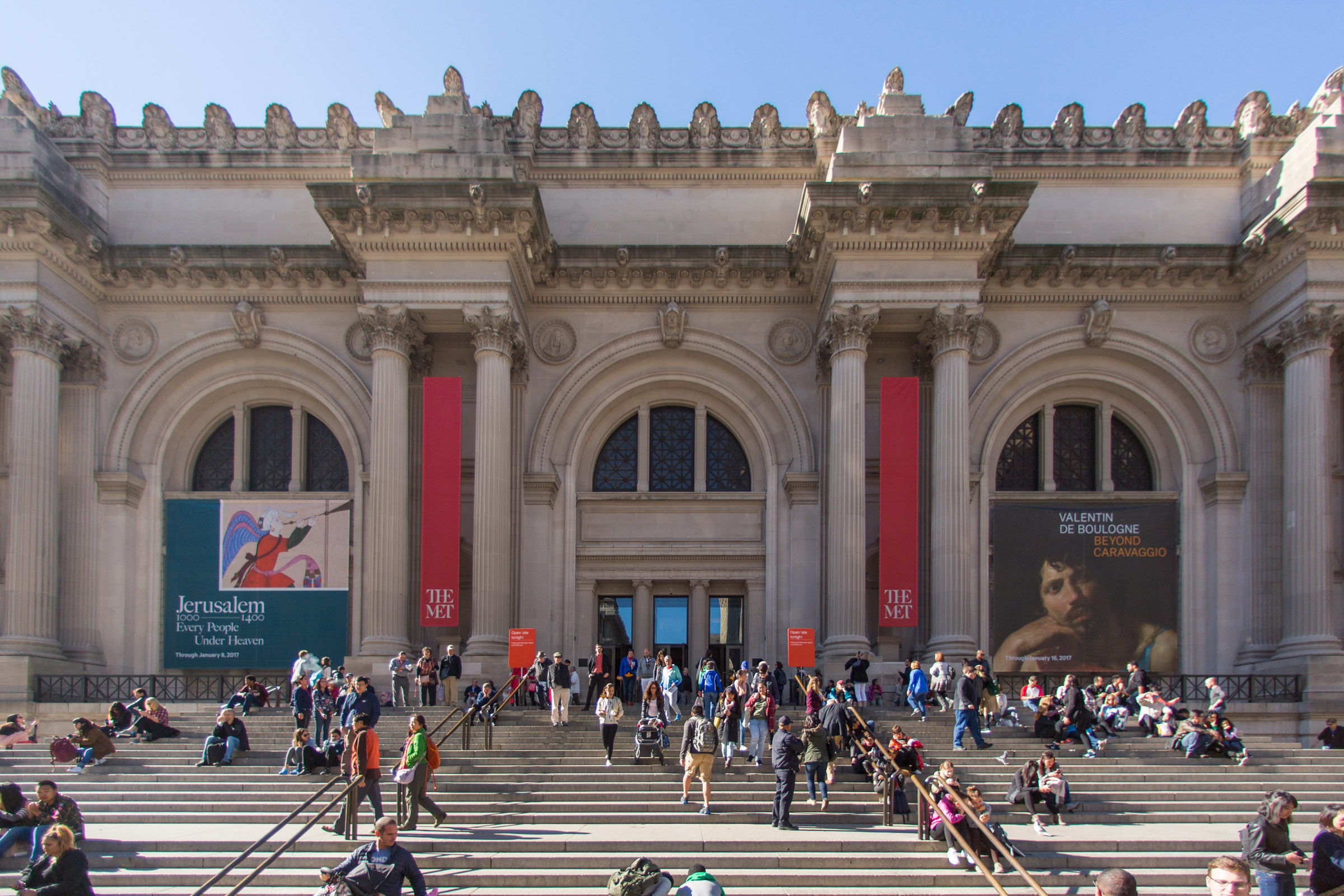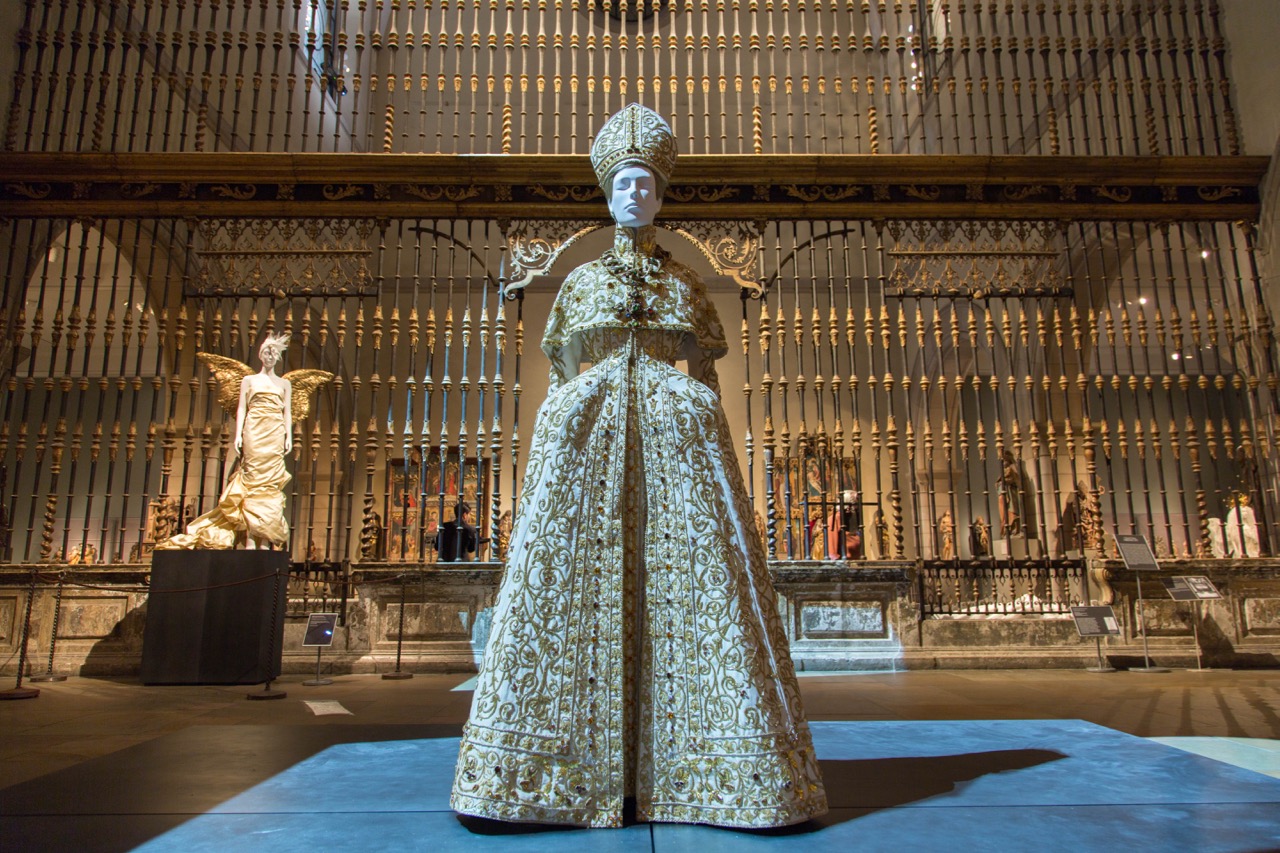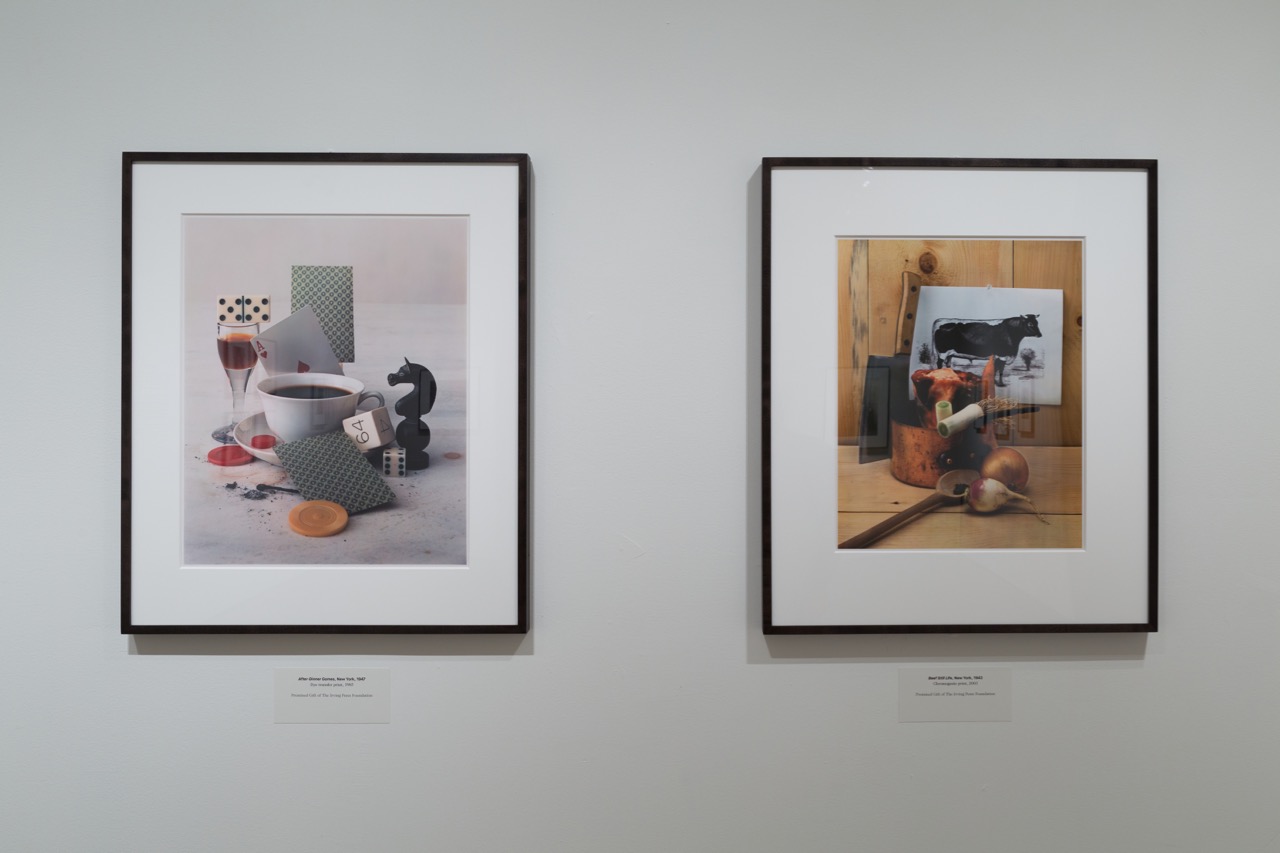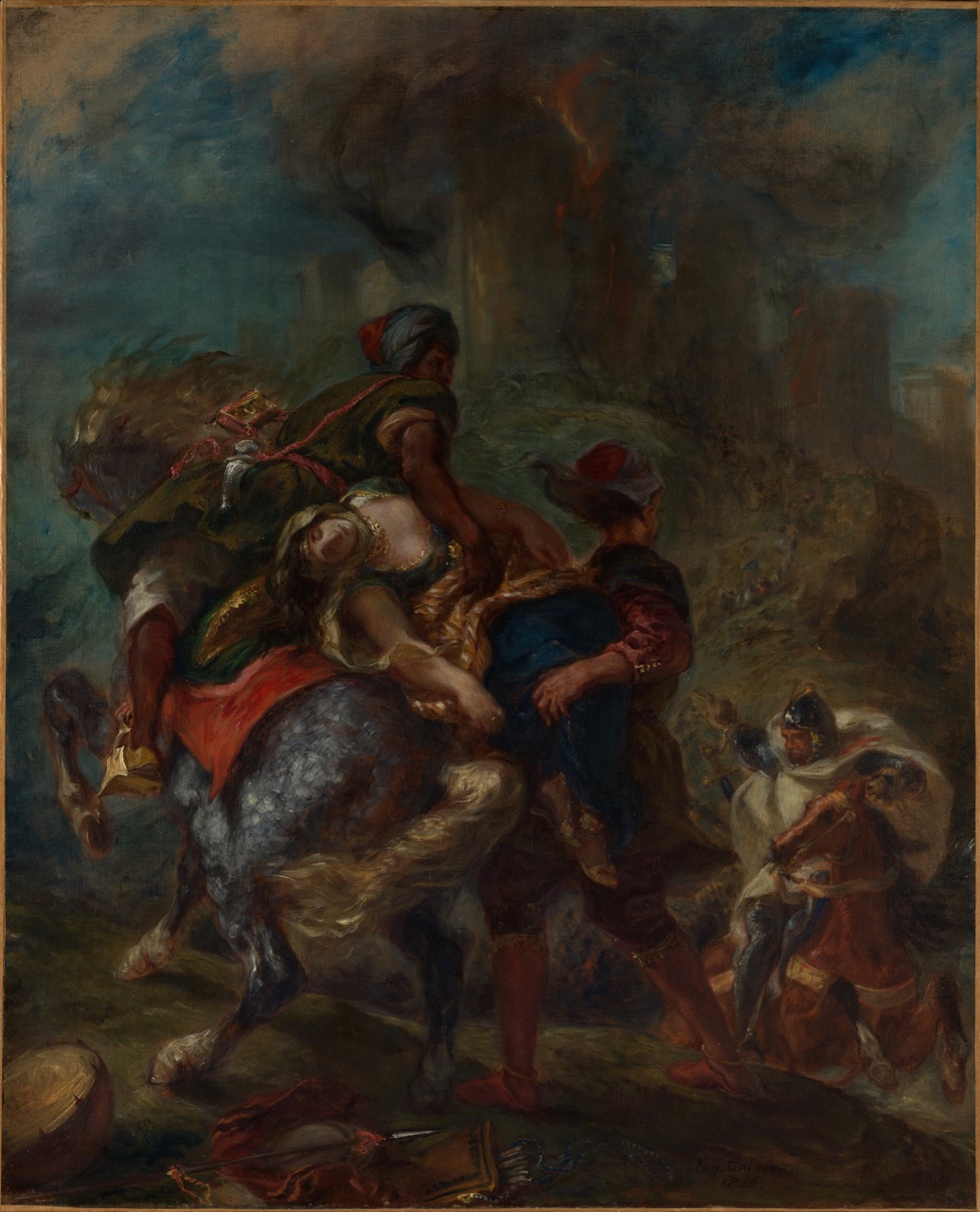 4 Columns
4 Columns

Image © The Metropolitan Museum of Art.
We bring you our seventh summer missive, in which we eagerly await the reopening of one of New York City’s great cultural institutions.
• • •
In New York City, you knew the pandemic had truly hit home when the Metropolitan Museum of Art announced its closure on March 12. It was the first museum to do so, and the Museum of Modern Art, the Whitney Museum, and the Guggenheim quickly followed suit. The Met aimed to be the leader in the process of reopening as well, and again, it was one of the first—this time in announcing when it would greet visitors anew: on August 29. For many, the editors of 4Columns included, the date has shone throughout the summer like a beacon of normalization in the altered reality that has become everyday life. Initially, it seemed in peril, with Governor Cuomo’s last-minute exemption of museums from phase 4 of New York City’s reopening. But with his recent reversal of the no-museum rule, we can expect to enter the Met in just eight days. While we happily anticipate its return, the editors of 4Columns muse on some of the things we most love about the venerable institution:
The Met makes room for fashion.

Heavenly Bodies: Fashion and the Catholic Imagination, gallery view, Medieval Sculpture Hall. Image: © The Metropolitan Museum of Art.
The museum’s dedication to art is so secure that it’s not afraid to embrace the latter’s commodified cousin, haute couture. And so, every year we have the Met Gala, with its parade of sartorial celebrities, to kick off an annual fashion exhibit hosted by the museum’s costume institute. Some of these shows court controversy. Consider Heavenly Bodies: Fashion and the Catholic Imagination, which juxtaposed centuries-old religious art and vestments with the latest confections by the likes of Versace and Balenciaga. “Few exhibitions,” Leslie Camhi points out, “have the potential to offend as varied a public.” Others, such as Camp: Notes on Fashion, have taken a more cerebral approach to the clash of high and low. “Oscar Wilde, Christopher Isherwood, Mark Booth, and, of course, Susan Sontag loom over the exhibit,” Daniel Penny observes, along with “a veritable chorus line of designers past and present.”
The Met takes the deep dive.

Irving Penn: Centennial, installation view. Image courtesy the Metropolitan Museum of Art.
Whether nineteenth-century painter Eugène Delacroix or postwar photographer Irving Penn, the subjects of Met retrospectives are worth knowing in-depth—precisely what their exhibitions enable us to do. Held in 2017, on the occasion of his centennial, the comprehensive presentation of Penn’s remarkable images—shot over the course of a nearly seventy-year career—comprised eight rooms organized by theme: nudes, portraits, still-lives, and more. As Hilton Als describes, curators “Maria Morris Hambourg and the Met’s current director of photography, Jeff Rosenheim, display a good editor’s sense of how to distill Penn’s enormous output. But it’s not an exhibition that tries to sort out or elucidate Penn’s complexities.” Rather, the show lets you be overwhelmed by his work.

Eugène Delacroix, Young Tiger Playing with Its Mother, 1830. Oil on canvas, 130 × 195 centimeters. © RMN-Grand Palais (Musée du Louvre) / Franck Raux.
The same could be said of the 2018 retrospective of Delacroix, the painter’s first since 1963. The leader of Romanticism—an art of unparalleled passion and presence—Delacroix authored a torturous vision: in Amy Sillman’s words, a “sullied Enlightenment of the body.” Sillman concedes: “I don’t admire Delacroix’s vainglorious longing to seize women and territory, but I do love how he seized the surface of painting itself.” And this exhibition of over 150 images gave her ample opportunity to wrestle with the works of an artist she ultimately extolled.
The Met’s permanent collection is filled with old friends—and frenemies.

Eugène Delacroix, The Abduction of Rebecca, 1846. Oil on canvas, 39 1/2 × 32 1/4 inches. © The Metropolitan Museum of Art. Image courtesy Art Resource.
Camhi faced a similar dilemma as Sillman when asked to write about an artwork she found especially meaningful as one of 4Columns’s special “quarantine features.” She chose Delacroix’s The Abduction of Rebecca (1846), a painting she first fell in love with during the mid-1970s and that hangs, then as now, in room 801 of the Met. “The tween me . . . didn’t recognize this scene as a prologue to sexual violence,” Camhi notes of a work widely seen as an exoticizing rape fantasy. Despite this fact, Camhi is not ready to reject the picture, or its maker, outright. Instead, she offers a sophisticated reading of Rebecca as an avatar of the openness to feeling that fueled Delacroix’s romantic art. “Perhaps, like Flaubert,” Camhi suggests, “the painter thought, ‘Rebecca, c’est moi.’ ”
*The title of this week’s summer missive is respectfully, and with heartfelt gratitude, taken from E. L. Konigsburg’s exquisite and masterful From the Mixed-Up Files of Mrs. Basil E. Frankweiler. In its first paragraph, from which this quotation is taken, twelve-year-old Claudia Kincaid decides to run away in search of said place, which she decides must be the Metropolitan Museum of Art.